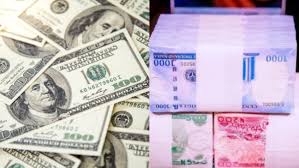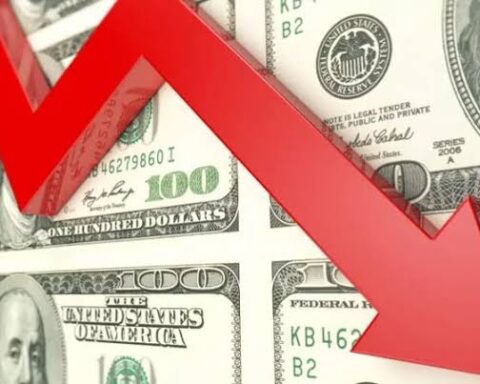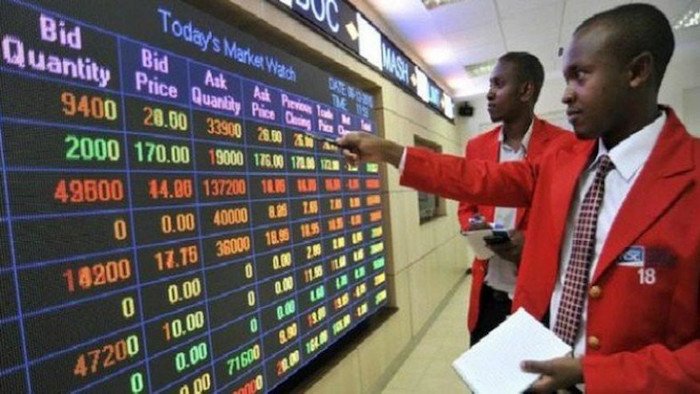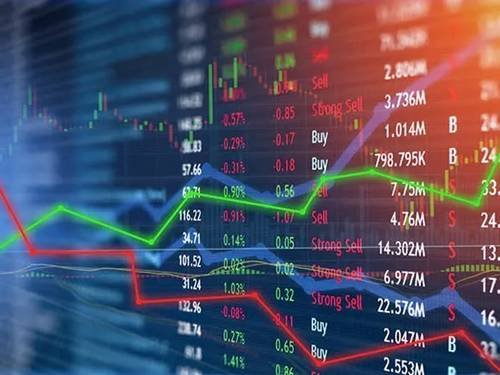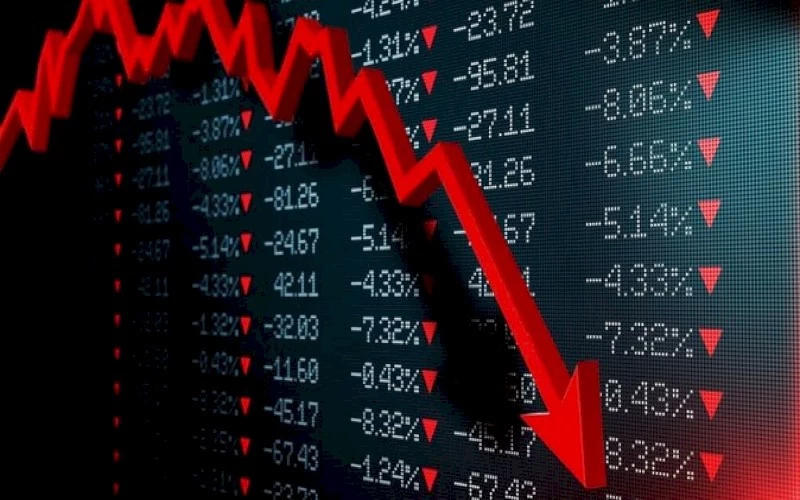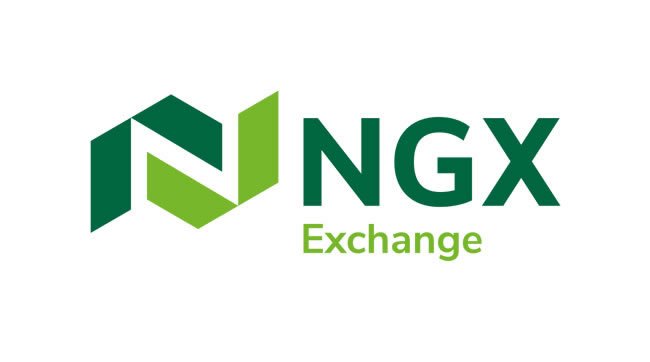The Naira inched upward, trading at ₦1,525 to the dollar in Nigeria’s bustling parallel market down from ₦1,530 just a day earlier a minor yet meaningful ₦5 appreciation.
At the same time, the official trading window, the Nigerian Foreign Exchange Market (NFEM), reflected an even stronger Naira. The rate improved from ₦1,513 to ₦1,506.5 per dollar, marking a ₦6.5 gain. As a result, the gap between the parallel and official market widened to ₦18.5, up from ₦17 the day before.
Though the gains may seem modest, they signal a growing resilience in the Naira—both on the streets and through formal exchange channels. Some key implications:
Reduced Pressure: A stronger Naira helps lower costs for imported goods and services, offering relief amid high inflation and import bills.
Widening Gap: A larger premium between official and parallel rates underscores persistent market segmentation, raising calls for more unified FX policy.
Positive Sentiment: Market participants could see this as early evidence of improved liquidity and calming forex pressures.
Picture the crowded streets of Lagos and Kano, where Bureaux de Change traders recalibrate their boards, and the clamor for dollars eases just a bit. Meanwhile, banks settle interbank transactions at a firmer rate, reflecting better access to foreign exchange.
In boardrooms around Abuja and beyond, analysts nod at the small but welcome uptick, hopeful that continued policy consistency and increased FX inflows could usher in steadier gains.
CBN Interventions: Will the Central Bank signal confidence through continued interventions in both FX windows?
Market Unity: Can policymakers narrow the gap between parallel and official markets, reducing arbitrage and speculative trading?
External Pressures: Will factors like oil revenues, global dollar supply, or geopolitical shifts sustain this trajectory?
In summary, while a ₦5 appreciation may seem modest, it’s a tangible step forward for the Naira—especially in today’s volatile economic environment. It offers a glimmer of optimism amid inflation challenges and currency pressures.
